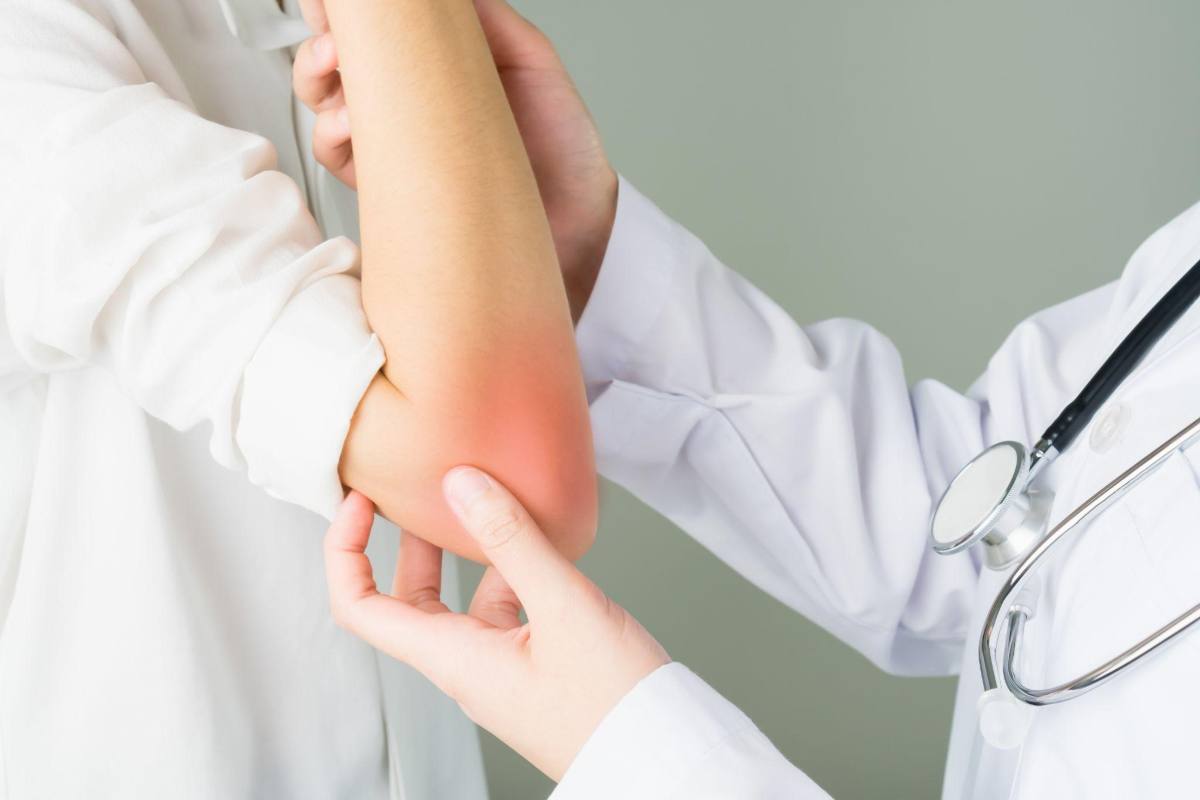Orthopedic conditions tremendously lower a person’s quality of life. The injuries restrict their mobility and, in some cases, even lead to chronic pain. Physical therapy sessions help individuals to manage the condition and the accompanying pain better. The guided exercises and techniques help them regain lost strength, improve their range of motion, and enhance their flexibility.
Physical therapy encompasses a broad range of techniques, such as manual therapy, exercise, and other therapies like heat or ice. The latter restores the function of the affected area and relieves pain.
Here are the different ways in which physical therapy helps patients with orthopedic conditions recover quickly and effectively.
Table of Contents
A. Helps Improve Strength and Cardiovascular Capacity
Advanced Physical Therapy can help improve the strength and cardiovascular capacity of a person, thereby helping them enhance their physical ability. Orthopedic patients often find themselves unable to exercise a complete range of motion. They also experience muscle weakness. Physical therapy exercises and other techniques are designed in a manner that helps them gain back the lost strength. These exercises improve flexibility, helping patients acquire a better range of motion. It also boosts their general physical performance. Over time, they can carry out their daily activities with ease and return to their usual schedule.
B. Regaining Balance and Control
Orthopedic injuries such as sprains and fractures severely impact the body’s control and balance. It, in turn, makes the patient highly likely to fall and experience further injury. Physical therapy exercises improve coordination and proprioception. This helps individuals get back their control and balance. It is especially beneficial for adults over the age of 40, who are more vulnerable to injuring themselves by falling.
C. Hastened Recovery Process
Physical therapy has the benefit of quickening the recovery process. This happens because physical therapy encourages healing. At the same time, it also alleviates pain and swelling or inflammation. When this process combines with other therapies, it expedites the recovery process. Therapies like chiropractic care, surgery, and medication combine perfectly with physical therapy. They make the healing process quicker and more effective. However, orthopedic injuries demand early intervention. This is because they have the consequences of long-term complications. Early intervention prevents such complications. It also boosts overall outcomes.
D. Future Injury Prevention
Physical therapy prevents instances of injury by enhancing the strength, balance, and coordination of the patient. It addresses the underlying issues that can trigger the initial injury. Not only that, but physical therapy also evaluates and addresses the body’s imbalances, which mitigates the risks of falling. This is very important for older adults as they are vulnerable to falling and getting injured.
Physical therapists use a whole-body approach to heal a patient’s unique orthopedic condition and improve their functional capacity for everyday tasks and activities. A supervised exercise program includes a range of motion, strength, and balance exercises, which often make recovery happen at a faster rate.
What to Expect During Physical Therapy Sessions
Physical therapy sessions are tailored according to the needs of different patients. However, there are general modalities that therapists use for different conditions.
A. Exercise
Exercise is a big part of the physical therapy session. The physical therapists ask patients to perform various cardiovascular, strengthening, flexibility, and stability exercises. All of these work together to enhance the physical capacity and make the patient stronger. These exercises help improve posture and reduce pain and weakness in the body.
B. Manual Therapy
These are hands-on techniques that mobilize the joints and muscles. Physical therapists promote better motor function through manual therapy techniques like traction, soft tissue massage, and mobilization exercises.
C. Assistive devices
For patients with physical limitations, the therapists recommend the use of assistive devices. These include braces, walkers, and prosthetics. They tell you the right usage of these devices as they integrate them into your physical therapy sessions.
Summing Up
Physical therapy is one of the best methods of rehabilitation for orthopedic injuries. If you are dealing with orthopedic pain and are trying to resolve it in vain, contact Advanced Pain Care. As a leading pain management clinic near me, it offers physical therapy sessions from experienced professionals in its Round Rock center in Texas. Schedule an appointment today to find the best Orthopedic doctor in Austin.
Also, Read – The benefits of cloud software development




